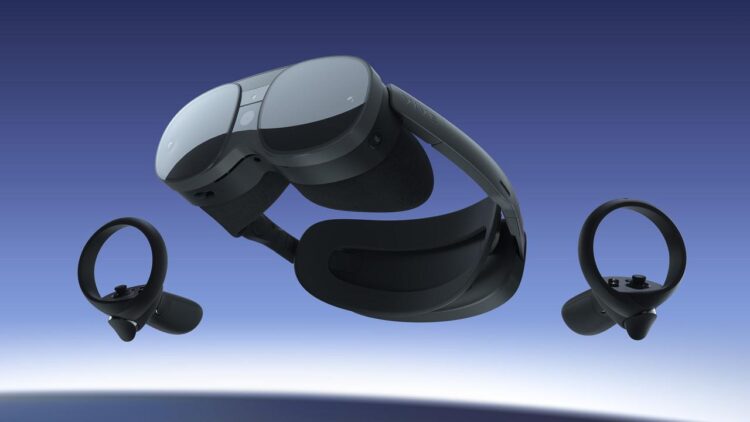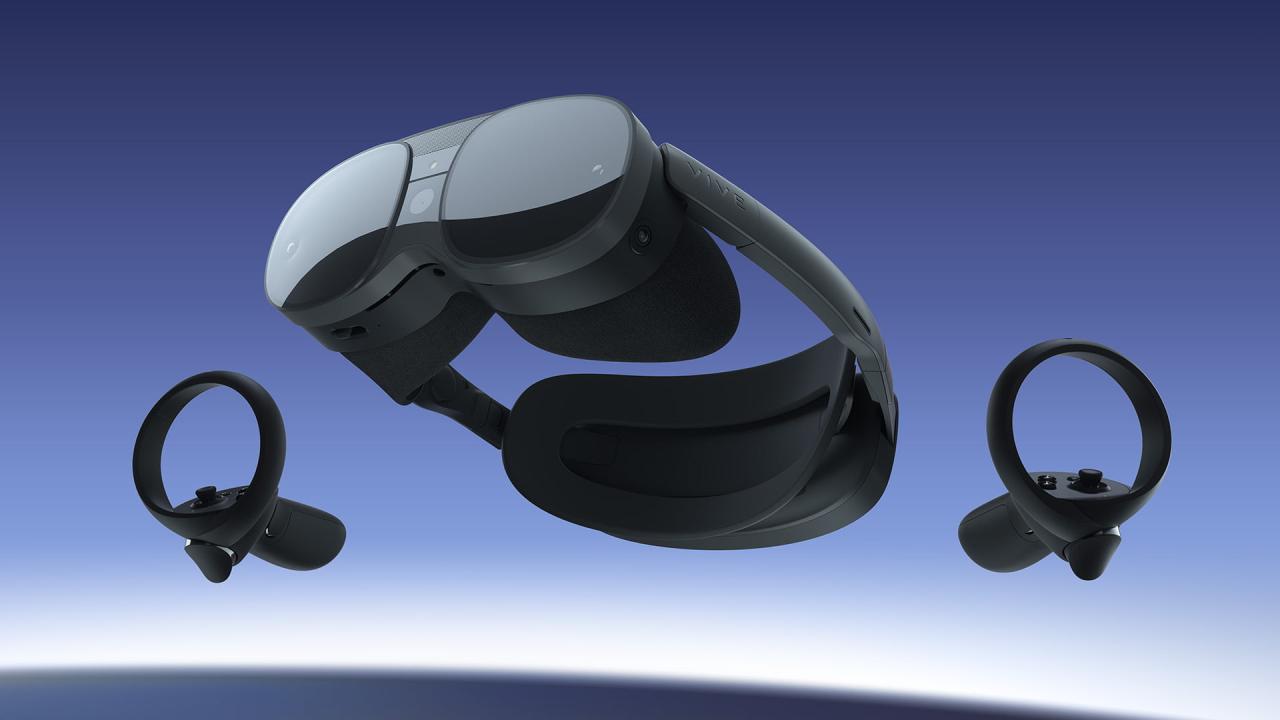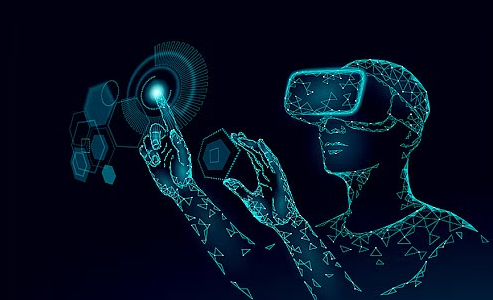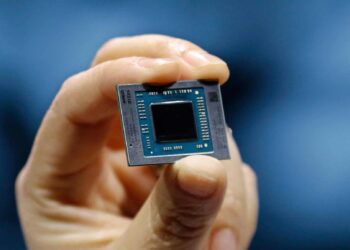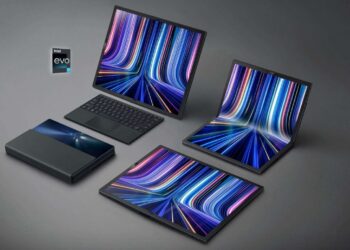The next great leap in computing is not happening on a screen, but all around us. For years, Extended Reality (XR)—the umbrella term encompassing Virtual Reality (VR), Augmented Reality (AR), and Mixed Reality (MR)—has been a fragmented, niche domain. Today, that is rapidly changing with the strategic pivot of the world’s largest mobile ecosystem: Android. The introduction of a dedicated, open-standard Android platform for XR headsets is not just a product release; it is the catalyst for a new computing revolution, poised to democratize immersive technology in the same way Android decentralized the smartphone market. This is the beginning of a true, scalable mobile metaverse, where the lines between the digital and physical worlds blur seamlessly.
This comprehensive article explores the technological foundation, market implications, key challenges, and strategic future of the Android XR headset ecosystem, detailing why this shift represents the most significant computing platform change since the smartphone era began.
The Foundation: Why Android is the XR Game Changer
The success of any new computing platform hinges on its accessibility, ubiquity, and developer support. Android, with its massive global footprint and open-source nature, provides the perfect launchpad for XR.
A. Leveraging Open Mobile Architecture
The core strength of Android is its open, adaptable nature.
- Ubiquitous Developer Base: Hundreds of millions of developers worldwide are already proficient in building for the Android framework (Java/Kotlin). This vastly accelerates the creation of XR applications compared to closed, proprietary ecosystems.
- Hardware Standardization: By providing a unified, optimized software layer for head-mounted displays (HMDs), Android enables multiple manufacturers (OEMs) to innovate on hardware design—from sleek, lightweight AR glasses to powerful, high-fidelity VR headsets—without having to build the entire operating system from scratch.
- Cross-Device Continuity: The shared architecture allows for seamless interaction between a user’s Android phone, smartwatch, tablet, and the new XR headset, creating a continuous, personalized digital environment.
B. Optimizing for Spatial Computing
The new Android XR framework is not simply a mobile OS stretched onto a headset; it is fundamentally redesigned for spatial computing.
- Low-Latency Performance: Critical for avoiding motion sickness, the core OS processes are re-engineered to prioritize ultra-low latency rendering, ensuring the visual feedback loop between head movement and display update is near-instantaneous.
- Dedicated Sensor Fusion: The system is optimized to rapidly and accurately fuse data from multiple on-device sensors—cameras (for pass-through and tracking), gyroscopes, accelerometers, and depth sensors—to achieve precise 6-Degrees of Freedom (6DoF) tracking and reliable world-mapping.
- Power-Efficiency in a Mobile Form Factor: Leveraging the high-efficiency architecture of modern Snapdragon XR and equivalent chipsets, the Android framework manages thermal output and power consumption to allow for comfortable, extended use without being tethered to a powerful external computer.
C. The Shared Application Ecosystem
The greatest immediate advantage is access to the vast Android application library.
- 2D App Compatibility: While not ideal, the core framework allows existing 2D Android apps (social media, productivity tools, media players) to run in a virtual, floating window environment within the XR space. This instantly provides a baseline of utility and familiarity.
- Simplified Porting: Developers of popular mobile games or utility apps can quickly port core logic and assets to the new spatial APIs, requiring less overhead than migrating to an entirely new OS framework.
- Monetization Infrastructure: The existing Google Play Store billing and distribution infrastructure is immediately available, giving developers a proven, familiar path to revenue via both direct sales and Google AdSense integration within virtual environments.
Technical Deep Dive: Key Hardware and Software Innovations
The revolution is driven by specific technological breakthroughs that make the XR experience truly compelling and scalable for the mass market.
A. Advanced Display and Optics
The visual quality of the HMD is paramount, demanding extreme pixel density and clarity.
- Pancake Optics: Replacing bulky, heavy Fresnel lenses, newer pancake optics use folded light paths to dramatically reduce the thickness and weight of the headset, making them far more comfortable and consumer-friendly.
- Micro-OLED and QLED Displays: Utilizing high-resolution, high-brightness displays (like Micro-OLEDs) that deliver up to 40 Pixels Per Degree (PPD), approaching the visual acuity of human vision and eliminating the “screen door effect.”
- Variable Resolution Rendering: Leveraging foveated rendering—a technique where the chipset tracks the user’s gaze using eye-tracking and only renders the central point of vision at maximum resolution, saving enormous GPU power on the periphery.
B. Integrated Mixed Reality (MR)
The Android ecosystem’s emphasis on Extended Reality confirms the priority of seamless physical-digital blending.
- Color Pass-Through: Utilizing high-resolution, external color cameras to feed the real world into the headset with minimal latency, allowing users to see their environment clearly while wearing the device.
- Depth Mapping Sensors (LIDAR/Structured Light): Integrating sophisticated depth sensors to build a real-time, accurate 3D mesh of the room. This allows digital objects to interact realistically with physical surfaces (e.g., a virtual ball bouncing off a real table) and enables persistent anchors for AR applications.
- Environmental Understanding: The system uses AI to understand the semantics of the environment (identifying a “door,” a “couch,” or a “computer screen”), making the placement and interaction of virtual interfaces highly intuitive.
C. Interaction and Input Evolution
Hand tracking and advanced controllers are crucial for intuitive spatial interaction.
- High-Fidelity Hand Tracking: Using multiple cameras and AI models, the headset can track complex hand and finger movements (pinching, tapping, grasping) with high accuracy and low latency, eliminating the need for physical controllers for many tasks.
- Haptic Feedback: Development of more sophisticated, localized haptic feedback controllers and gloves that simulate the feel and texture of virtual objects, significantly enhancing immersion.
- Voice and Gaze Input: Integrating native voice commands and gaze-based selection as primary interaction methods, allowing users to move through menus and launch apps with minimal physical effort.
Market Implications and Strategic Advantages
The entry of a scalable, open Android XR platform is expected to create massive economic opportunities and disruptions, similar to the mobile app economy boom of the late 2000s.
A. Mass Market Adoption and Price Parity
The ability for multiple OEMs to produce devices using the same core OS will drive fierce competition, leading to:
- Lower Entry Price: Diverse hardware options will rapidly drive down the price point for capable XR headsets, making them accessible to a global audience, not just high-income consumers.
- Regional Innovation: Local manufacturers can tailor hardware features and pricing to specific regional market demands, fostering greater penetration in emerging economies.
- Accessory Ecosystem Boom: A standardized platform spurs innovation in third-party accessories, ranging from prescription lens inserts and custom head straps to specialized tracking hardware and peripherals.
B. The Rise of Enterprise XR Solutions
The reliability and open nature of Android make it ideal for non-consumer business applications.
- Industrial Training and Simulation: Providing cost-effective, realistic VR training environments for dangerous, high-risk, or complex industrial tasks (e.g., surgery, maintenance, heavy machinery operation).
- Collaborative Design and Engineering: Allowing globally distributed teams to meet in a shared MR space to review 3D prototypes, design models, and conduct virtual walk-throughs of buildings or products.
- Data Visualization: Enabling analysts to immerse themselves in complex, large-scale data visualizations, making pattern recognition and strategic decision-making more intuitive than on a flat screen.
C. A New Wave of Mobile AdSense and Monetization
The expansion of the Android ecosystem into XR opens up entirely new advertising opportunities that benefit Google and content creators.
- Spatial Advertising: Monetization moves beyond simple banners to integrated, context-aware virtual advertising within a 3D environment (e.g., a billboard in a virtual sports arena, product placement within a collaborative workspace).
- In-World Transactions: The established Google Play billing system facilitates microtransactions for virtual goods, skins, tools, and personalized 3D assets within games and metaverse environments.
- Attention Metrics: XR offers unprecedented data on user attention (via eye-tracking and gaze time), allowing advertisers to create highly optimized, high-value, and measurable campaigns.
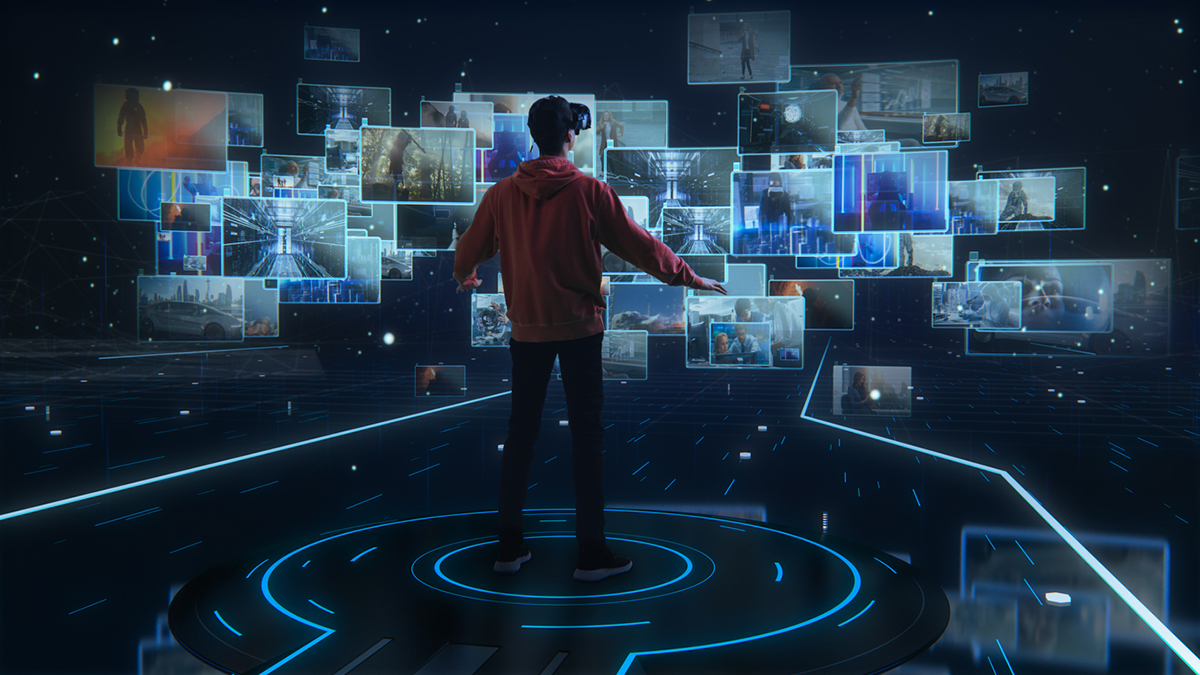 Challenges and the Road Ahead
Challenges and the Road Ahead
Despite the immense potential, the Android XR revolution faces significant hurdles that must be overcome for widespread success.
A. Battery Life and Weight Constraints
The primary technical trade-off remains achieving high performance (high resolution, low latency) while maintaining a comfortable weight and sufficient battery life for a practical length of use (e.g., 2-3 hours).
- Thermal Management: Efficiently dissipating the heat generated by the powerful SoC without adding excessive bulk is an ongoing engineering challenge.
- Next-Gen Batteries: Reliance on advancements in high-density battery technology (such as solid-state) is crucial to solving the usage time limitation.
B. Data Privacy and Ethical XR
The richness of the data collected by XR headsets—eye movements, room geometry, hand gestures, and behavioral analytics—raises unprecedented privacy concerns.
- Biometric Data Security: Securely handling highly sensitive biometric data (like iris scans and eye-tracking patterns) to prevent misuse or exploitation is paramount.
- Ethical Design: Establishing clear rules for developers regarding data collection and designing experiences that minimize potential psychological strain or addiction is vital for public acceptance.
C. Overcoming the “Killer App” Problem
For any new platform, a “killer application” is needed to drive mass consumer adoption beyond early adopters.
- Productivity vs. Entertainment: The XR platform must prove it can offer compelling utility that fundamentally exceeds what is possible on a phone or PC, whether through immersive remote work collaboration, personalized digital wellness, or a groundbreaking gaming title.
- Seamless Integration: The killer app must integrate seamlessly with users’ existing digital lives, rather than forcing them to rebuild their digital identity inside a walled-off virtual space.
The strategic move by the Android ecosystem into the XR space transforms the competition from a battle between individual hardware devices to a fight between entire, integrated spatial operating systems. By fostering an open environment, Android is positioning itself to be the dominant operating system for the world’s next personal computing device, making immersive reality not a fringe experiment, but a globally accessible, everyday experience.

